Home>diy>Planning & Engineering>What Is Zoning District
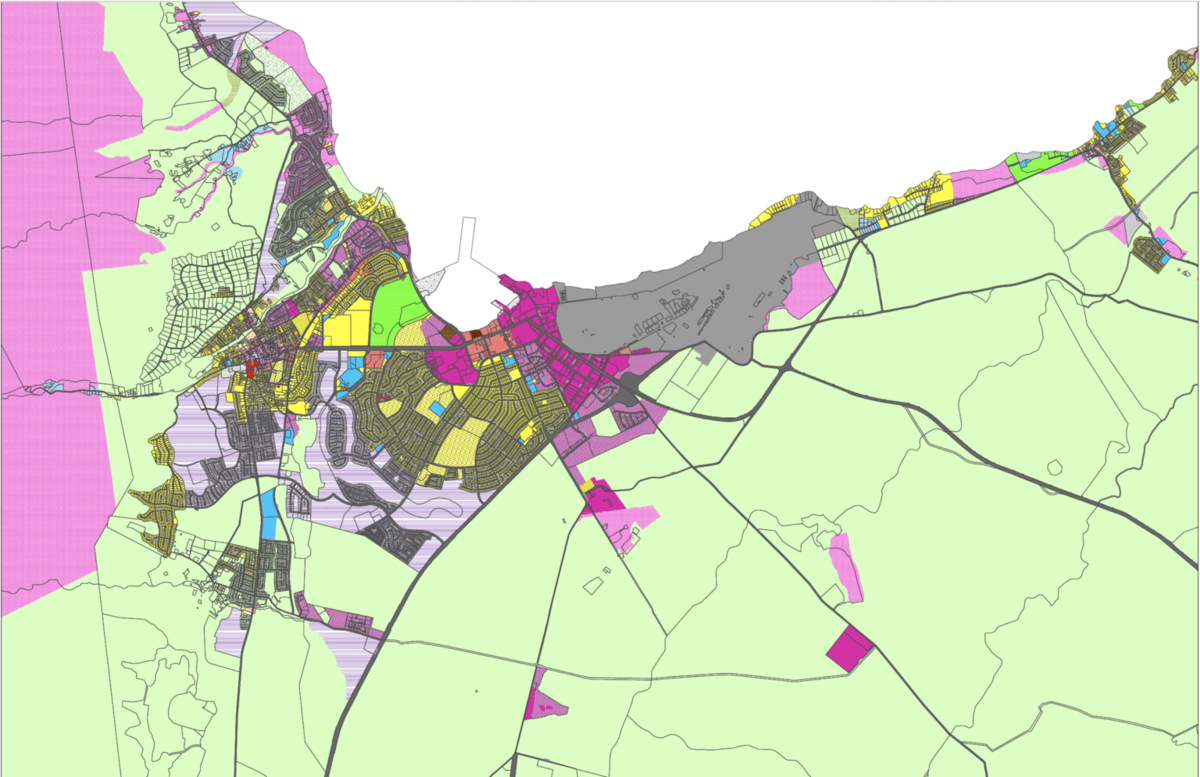

Planning & Engineering
What Is Zoning District
Modified: January 9, 2024
Learn about zoning districts and their importance in planning and engineering. Discover how zoning regulations impact land use and development.
(Many of the links in this article redirect to a specific reviewed product. Your purchase of these products through affiliate links helps to generate commission for Storables.com, at no extra cost. Learn more)
Introduction
Welcome to the world of zoning districts! If you have ever wondered why certain areas of a city are filled with residential buildings, while others are bustling with businesses, or even why some areas are strictly designated for agricultural use, then you have encountered the concept of zoning districts.
In simple terms, zoning districts are specific areas within a city or municipality that are classified for different types of land uses and activities. These districts play a crucial role in urban planning and development. They ensure the orderly and controlled growth of a community, providing a framework for land use regulations and restrictions.
Understanding zoning districts is essential for developers, planners, homeowners, and business owners, as it helps them navigate and comply with land use regulations. In this article, we will explore the different types of zoning districts, their purposes, and the benefits and drawbacks associated with them.
So, let’s dive into the fascinating world of zoning districts and discover how they shape our urban environments!
Key Takeaways:
- Zoning districts are crucial for orderly development, preserving community character, and promoting economic growth. However, they can be restrictive and may limit flexibility and property rights.
- Striking a balance between effective regulation and flexibility is key to ensuring that zoning districts foster inclusive, sustainable, and thriving communities. It’s crucial to revisit and adapt zoning regulations to address emerging challenges and opportunities.
Read more: How To Find My Zoning District
Definition of Zoning District
A zoning district, also known as a zoning classification or zone, is a designated area within a city or municipality that is subject to specific land use regulations and restrictions. These districts are created by local governments to ensure that land is used in a manner that is compatible with the surrounding areas and promotes the overall welfare of the community.
Each zoning district is typically identified by a specific letter or code, such as R-1 for residential, C-2 for commercial, I-1 for industrial, and A-1 for agricultural. These codes help to categorize the land uses and activities permitted within each designated district.
Zoning districts are a crucial component of urban planning and land management. They help to guide and control the development of a city, determining where different types of land uses can occur. By classifying areas into specific districts, local governments can shape the physical and functional characteristics of a community.
Within a zoning district, regulations and restrictions dictate what types of structures can be built, how the land can be used, and even the height and density of buildings. For example, in a residential zoning district, there may be restrictions on the size and height of single-family homes, while in a commercial district, there may be limitations on the types of businesses that can operate.
It’s important to note that zoning districts can vary greatly between different cities and municipalities. The specific regulations and allowed land uses may differ based on factors such as the size and location of the community, as well as the local government’s goals and vision for the area.
Overall, the definition of a zoning district lies in its ability to categorize and regulate land uses within a city or municipality. By organizing areas into specific zones, local governments can effectively manage growth, preserve community character, and promote the well-being of its residents.
Purpose of Zoning Districts
Zoning districts serve several important purposes in urban planning and land management. Let’s explore the key purposes for which zoning districts are created:
- Orderly Land Use: One of the primary purposes of zoning districts is to promote orderly land use. By classifying areas into specific zones, local governments can ensure that incompatible land uses are separated. For example, residential areas are typically separated from industrial or commercial areas to minimize noise, pollution, and other potential conflicts.
- Protecting Property Values: Zoning districts help protect property values by ensuring that land uses are compatible and of similar nature within a specific area. Residential areas, for instance, are typically zoned to maintain a certain aesthetic appeal and to ensure that nearby commercial or industrial activities do not negatively impact property values.
- Preserving Community Character: Zoning districts play a vital role in preserving and maintaining the character and identity of different neighborhoods and communities. By designating specific areas for residential, commercial, or mixed-use purposes, local governments can protect the unique character, architectural styles, and cultural heritage of different areas within the city.
- Enhancing Safety and Infrastructure: Zoning districts help ensure the safety and efficiency of a community’s infrastructure. By separating residential areas from industrial or heavy commercial activities, zoning minimizes the risk of accidents and health hazards. It also allows for appropriate infrastructure planning, such as transportation networks, utilities, and public services, to meet the needs of specific areas.
- Promoting Economic Development: Zoning districts can also be used strategically to promote economic development. By designating certain areas for commercial or industrial purposes, local governments can attract businesses, create job opportunities, and boost economic growth. Mixed-use zoning districts, which combine residential and commercial uses, can create vibrant and walkable neighborhoods that are conducive to local businesses and community engagement.
Overall, the purpose of zoning districts is to ensure the organized and efficient use of land, protect property values, preserve community character, enhance safety, infrastructure, and promote economic development. Zoning regulations and restrictions are put in place with the goal of balancing the needs and interests of different land uses, while considering the overall welfare of the community and its residents.
Types of Zoning Districts
Zoning districts can vary widely depending on the specific needs and characteristics of a city or municipality. Here are some common types of zoning districts that you may come across:
- Residential Zoning Districts: Residential zoning districts are areas designated for residential use, such as single-family homes, apartments, townhouses, or mobile homes. These districts often have specific regulations regarding the size, height, and density of buildings, as well as guidelines for setbacks, parking, and landscaping.
- Commercial Zoning Districts: Commercial zoning districts are intended for businesses and commercial activities, such as retail stores, restaurants, offices, and hotels. These districts may have restrictions on building size, signage, hours of operation, and parking requirements to ensure compatibility with surrounding areas and to promote a vibrant commercial environment.
- Industrial Zoning Districts: Industrial zoning districts are designated for industrial and manufacturing activities. These areas may include factories, warehouses, distribution centers, and research facilities. Industrial zoning districts often have regulations related to noise, pollution, setbacks, and the types of industrial activities permitted.
- Agricultural Zoning Districts: Agricultural zoning districts are used for farming and agricultural purposes. These areas allow for the cultivation of crops, raising livestock, and other agricultural activities. Agricultural zoning districts may have restrictions on lot sizes, minimum acreage requirements, and the use of pesticides or fertilizers.
- Mixed-Use Zoning Districts: Mixed-use zoning districts combine different land uses within a single area. They integrate residential, commercial, and sometimes even industrial, uses to create vibrant neighborhoods that promote walkability and reduce the need for extensive commuting. These districts often have regulations to ensure a balanced mix of uses and to create a cohesive and functional environment.
- Special Purpose Zoning Districts: Special purpose zoning districts are created to address specific needs or unique circumstances. These districts can include areas for hospitals, schools, parks, historic preservation, airports, or other facilities that require specialized land use regulations.
It’s important to note that the specific types and names of zoning districts can vary between different cities and municipalities. The classification of areas into different districts is based on the local government’s goals, community needs, and the characteristics of the area.
By categorizing land into different zoning districts, cities and municipalities can effectively manage growth, preserve community character, and ensure that land uses are compatible and harmonious within their respective areas.
Residential Zoning Districts
Residential zoning districts are areas designated for residential use, typically consisting of single-family homes, apartment complexes, townhouses, or mobile homes. These districts are created to provide housing opportunities for residents and to promote a sense of community within a neighborhood. Let’s explore some key aspects of residential zoning districts:
- Single-Family Residential: One type of residential zoning district is dedicated to single-family homes. These areas are characterized by detached houses, often with yards and ample space between neighboring properties. Zoning regulations in these districts may specify the minimum lot size, setbacks, and height restrictions for residential buildings.
- Multi-Family Residential: Another type of residential zoning district allows for the construction of multi-unit buildings, such as apartments, condominiums, or townhouses. These districts cater to a larger population and often have height and density restrictions to ensure that the development remains compatible with the surrounding area. Parking requirements and amenities like green spaces or recreational facilities may also be specified.
- Accessory Dwelling Units (ADUs): Some residential zoning districts permit the construction of accessory dwelling units, also known as ADUs or granny flats. These small, secondary housing units are typically located on the same property as the main residence. ADUs provide additional housing options and can be used for family members, rental income, or as a separate living space.
- Residential Subdivisions: Residential zoning districts often encompass larger areas that are subdivided into individual lots or parcels. Developers may purchase land in these districts and create subdivisions with specific guidelines and regulations for the size, layout, and design of homes.
- Residential Conservation: Some residential zoning districts aim to protect and preserve certain areas with unique natural or historical features. These conservation districts often have stricter regulations to ensure that the character and integrity of the land are maintained while allowing for limited residential development.
Residential zoning districts play a crucial role in maintaining the quality of life and promoting community cohesion. They help create neighborhoods with a consistent character, provide housing options, and ensure that residential areas are compatible with surrounding land uses. By implementing regulations for setbacks, building heights, and other factors, cities and municipalities can shape the development of residential areas while promoting safety, aesthetics, and a balanced living environment.
Commercial Zoning Districts
Commercial zoning districts are designated areas within a city or municipality that are specifically allocated for commercial and business activities. These districts are crucial for economic development, providing spaces for a variety of businesses, such as retail stores, offices, restaurants, and hotels. Let’s explore some key aspects of commercial zoning districts:
- Retail Districts: Retail zoning districts are dedicated to commercial activities that involve the sale of goods or services directly to consumers. These areas typically house shopping centers, malls, boutiques, grocery stores, and other retail establishments. Zoning regulations often control the size of retail spaces, parking requirements, and building design to create a vibrant and accessible retail environment.
- Office Districts: Office zoning districts are intended for professional and administrative activities. These areas provide spaces for businesses such as law firms, accounting offices, consulting firms, and corporate headquarters. Zoning regulations in office districts may address issues such as building height, parking, and the mix of office-based businesses permitted.
- Restaurant and Entertainment Districts: Some commercial zoning districts cater specifically to restaurants, bars, entertainment venues, and nightlife establishments. These districts are designed to create lively and vibrant areas with a variety of dining and entertainment options. Zoning regulations may address noise levels, outdoor seating, and alcohol licensing requirements to balance the needs of businesses with the needs of nearby residents.
- Hotel and Tourism Districts: Zoning districts for hotels and tourism-oriented activities are created to accommodate the hospitality industry. These areas often include hotels, resorts, motels, and tourist attractions. Zoning regulations may address building height, parking, and signage requirements to ensure that the infrastructure supports the tourism industry and provides a positive experience for visitors.
- Commercial Industrial Districts: Commercial industrial zoning districts are designated for businesses that involve light manufacturing, warehousing, and distribution activities. These districts often house factories, production facilities, wholesale centers, and logistics companies. Zoning regulations may impose restrictions on noise levels, environmental impact, and transportation access to balance the needs of industrial businesses with nearby residential or commercial areas.
Commercial zoning districts play a vital role in driving economic growth, creating job opportunities, and enhancing the vibrancy of a city or municipality. By designating specific areas for commercial activities and establishing appropriate zoning regulations, cities can attract businesses, foster innovation, and provide a wide range of goods and services to the community. It is important for local governments to balance the needs of commercial development with the impact on neighboring residential areas, infrastructure, and the overall character of the city.
Industrial Zoning Districts
Industrial zoning districts are areas within a city or municipality that are designated for industrial and manufacturing activities. These districts play a crucial role in supporting economic development, job creation, and the production of goods and services. Let’s explore some key aspects of industrial zoning districts:
- Heavy Industrial Districts: Heavy industrial zoning districts are created for industrial activities that involve heavy machinery, large-scale manufacturing, and production facilities. These areas may house industries such as steel manufacturing, chemical processing, or automobile assembly plants. Zoning regulations in these districts tend to address issues like noise levels, emissions, waste management, and transportation access.
- Light Industrial Districts: Light industrial zoning districts cater to smaller-scale industrial activities that typically involve assembly, fabrication, or research and development. These areas may be occupied by industries such as electronics manufacturing, food processing, or research laboratories. Zoning regulations in light industrial districts may address issues like building height, setbacks, parking, and noise levels to ensure compatibility with surrounding areas.
- Warehousing and Distribution Districts: Warehousing and distribution zoning districts are specifically designated for storage, logistics, and distribution activities. These areas often include warehouses, distribution centers, and freight terminals that serve as hubs for the transportation of goods. Zoning regulations may address issues like loading docks, truck access, parking, and landscaping requirements.
- Industrial Parks: Industrial parks are planned developments that consist of multiple industrial zoned properties, often with shared infrastructure and amenities. These parks are designed to attract industrial businesses by providing a conducive environment for operations and collaboration. Industrial parks may offer a range of zoning designations within the park to accommodate different types of industrial activities while providing a cohesive and well-managed industrial ecosystem.
- Technology and Research Districts: Some industrial zoning districts are specifically designated for technology-oriented industries, research and development facilities, or innovation centers. These areas may include technology parks, science campuses, or business incubators. Zoning regulations often promote the integration of research, development, and commercialization of new technologies while encouraging collaboration and knowledge-sharing among businesses.
Industrial zoning districts are essential for supporting industrial activities, promoting economic growth, and providing job opportunities. By creating specific areas for industrial development and implementing appropriate zoning regulations, cities and municipalities can attract businesses, stimulate innovation, and ensure the compatibility of industrial activities with surrounding areas. It’s important for local governments to strike a balance between fostering industrial growth and managing potential impacts on the environment, neighboring residential areas, and infrastructure.
Zoning districts are designated areas within a municipality that have specific regulations for land use, such as residential, commercial, or industrial. Understanding the zoning district of a property is important for determining what activities are allowed on that property.
Agricultural Zoning Districts
Agricultural zoning districts are areas within a city or municipality that are specifically designated for agricultural activities. These districts play a crucial role in preserving and fostering sustainable agricultural practices, protecting rural landscapes, and supporting the production of food and other agricultural goods. Let’s explore some key aspects of agricultural zoning districts:
- Farmland Preservation: Agricultural zoning districts are created to protect and preserve farmland from non-agricultural development. These districts aim to maintain the availability of agricultural land for farming activities, ensuring food security and promoting self-sufficiency within the community.
- Crop and Livestock Farming: Agricultural zoning districts provide opportunities for crop farming, including the cultivation of grains, vegetables, fruits, and other agricultural products. These districts may also allow for livestock farming, such as raising cattle, poultry, or dairy cows. Zoning regulations often address issues like minimum lot sizes, setbacks, and buffering requirements to balance agricultural activities with neighboring properties.
- Agricultural Support Services: Some agricultural zoning districts may accommodate agricultural support services such as farm equipment sales and repair, seed and fertilizer suppliers, or farm tourism activities. These services complement the primary agricultural activities and contribute to the overall viability and sustainability of the agricultural sector.
- Farm Diversification: Agricultural zoning districts may allow for farm diversification, encouraging farmers to engage in additional activities beyond traditional crop and livestock farming. This can include agritourism, farm stands, farmers’ markets, or value-added processing of agricultural products, helping farmers generate additional income and connect with the local community.
- Environmental Conservation: Agricultural zoning districts often include regulations that promote the conservation of natural resources and the protection of environmentally sensitive areas. Zoning may address issues like the use of pesticides, soil erosion control, water management, and the preservation of wildlife habitats.
Agricultural zoning districts are vital for maintaining the agricultural heritage of a region, ensuring the availability of locally produced food, and promoting sustainable land use practices. These districts support the economic viability of the farming industry, protect rural landscapes and ecosystems, and contribute to the overall health and well-being of the community. Local governments need to balance the preservation of agricultural land with the demands of other development pressures, considering the long-term benefits of sustaining the agricultural sector.
Mixed-Use Zoning Districts
Mixed-use zoning districts are areas within a city or municipality that are designated for a combination of different land uses, including residential, commercial, and sometimes even industrial activities. These districts promote vibrant and diverse neighborhoods by allowing for a variety of uses within close proximity. Let’s explore some key aspects of mixed-use zoning districts:
- Residential and Commercial Integration: Mixed-use zoning districts blend residential and commercial development in the same area, creating a dynamic and interconnected environment. This integration allows residents to live, work, and access amenities within walking distance, reducing the need for extensive commuting and promoting a sense of community.
- Walkability and Accessibility: Mixed-use zoning districts are often designed to be pedestrian-friendly, with a focus on walkability and accessibility. These areas typically have sidewalks, bike paths, and interconnected street networks, making it convenient for residents and visitors to move between different uses and destinations.
- Live-Work Spaces: Mixed-use zoning districts may include the provision of live-work spaces, which are designed to accommodate both residential and commercial activities within the same building or unit. This allows individuals to run businesses from their homes, fostering entrepreneurship and creating opportunities for small-scale enterprises.
- Public Spaces and Amenities: Mixed-use zoning districts often include public spaces, such as parks, plazas, or community centers, to enhance the quality of life for residents and promote social interaction. These districts may also feature amenities like schools, libraries, or healthcare facilities to provide essential services within the community.
- Transit-Oriented Development: Mixed-use zoning districts are frequently located in close proximity to public transportation hubs, encouraging the use of public transit and reducing reliance on private vehicles. This transit-oriented development approach promotes sustainable transportation options, reduces traffic congestion, and improves air quality.
- Design and Aesthetic Considerations: Mixed-use zoning districts often have design guidelines and aesthetic considerations to ensure that the combination of different land uses creates a cohesive and visually appealing environment. Zoning regulations may address building height, setbacks, architectural styles, and landscaping requirements to maintain the overall character and aesthetic integrity of the district.
Mixed-use zoning districts offer numerous benefits, including increased walkability, reduced reliance on automobiles, vibrant community spaces, and a diverse range of amenities. They promote a sustainable and inclusive urban environment, fostering a sense of place and contributing to the overall well-being of residents. Effective planning and management of mixed-use districts are essential to balance the needs and interests of different land uses and ensure the long-term success and vibrancy of the community.
Read more: What To Do In Garden District New Orleans
Special Purpose Zoning Districts
Special purpose zoning districts are areas within a city or municipality that are designated for specific purposes or unique circumstances that require specialized land use regulations. These districts address the specific needs of certain activities or areas that may require careful consideration or management. Let’s explore some key aspects of special purpose zoning districts:
- Hospital and Healthcare Districts: Hospital and healthcare zoning districts are created to accommodate medical facilities, hospitals, clinics, and related uses. These districts provide appropriate zoning regulations to support the operation of healthcare facilities, ensuring the availability of quality healthcare services within the community.
- School and Education Districts: School and education zoning districts are designed to accommodate educational institutions, including schools, colleges, and universities. These districts may contain regulations related to building sizes, setback requirements, and parking to support the educational needs of the community while ensuring compatibility with the surrounding areas.
- Historic Preservation Districts: Historic preservation zoning districts are established to protect and preserve areas or buildings with historical, architectural, or cultural significance. These districts often have strict regulations to preserve the character and integrity of the historic structures or landscapes, including restrictions on alterations, demolitions, or new construction.
- Open Space and Park Districts: Open space and park zoning districts focus on the preservation and maintenance of natural areas, green spaces, and recreational areas. These districts may include regulations on land use, access, and the development of facilities within the open space or park to ensure the enjoyment and preservation of these valuable community assets.
- Airport and Transportation Districts: Airport and transportation zoning districts are designated for airports, transportation hubs, or areas with specific transportation-related needs. These districts may have regulations related to noise levels, building heights, safety measures, and compatible land uses to ensure the efficient and safe operation of transportation facilities.
- Military or Government Districts: Military or government zoning districts are established to accommodate military bases, government offices, or other related uses. These districts may have unique regulations related to security, access, building heights, and compatibility with nearby land uses.
Special purpose zoning districts cater to specific needs or unique circumstances within a community. By providing tailored regulations and guidelines, these districts ensure that activities or areas of special significance are appropriately managed and protected. They play a crucial role in preserving historical and cultural treasures, providing essential services, and promoting the overall well-being and quality of life for residents.
Zoning Regulations and Restrictions
Zoning regulations and restrictions are a set of guidelines and rules that govern the use and development of land within different zoning districts. These regulations are put in place by local governments to ensure that land use is consistent with the goals and vision for the community, promoting orderly growth and safeguarding the well-being of residents. Let’s explore some common zoning regulations and restrictions:
- Land Use Classification: Zoning regulations classify land into different categories, such as residential, commercial, industrial, agricultural, or mixed-use. Each classification determines what types of activities or uses are allowed within a specific area.
- Building Height and Setbacks: Zoning regulations often specify the maximum permissible building height and minimum setbacks from property lines to control density, preserve sunlight and privacy, and maintain a consistent streetscape within a neighborhood.
- Density and Floor Area Ratio: Zoning regulations may set limits on the maximum density or number of dwelling units per acre in residential areas. Similarly, they may regulate the floor area ratio (FAR), which determines the total floor area that can be constructed in relation to the size of the lot.
- Parking and Access: Zoning regulations address parking requirements based on the type of land use. They specify the number of parking spaces required for residential, commercial, or industrial developments to ensure adequate parking and minimize congestion.
- Signage: Zoning regulations often include guidelines on the size, type, and location of signs that businesses can display. These regulations aim to maintain visual aesthetics, safety, and minimize distractions or obstructions.
- Environmental Considerations: Zoning regulations may incorporate environmental provisions to safeguard natural resources. This can include regulations related to noise pollution, stormwater management, tree preservation, or the protection of sensitive habitats.
- Home Occupation: Zoning regulations often permit limited home-based businesses, known as home occupations, to be operated within residential areas. These regulations typically have restrictions on the size, scale, and impact of such businesses to ensure compatibility with the surrounding neighborhood.
- Historic Preservation: Zoning regulations in historic districts may have specific guidelines and processes for preserving and restoring historic structures. These regulations often outline requirements for architectural design, materials, and the preservation of historical character.
Zoning regulations and restrictions play a crucial role in maintaining the integrity of different zoning districts, ensuring compatibility between land uses, and preserving the quality of life for residents. It’s important for property owners, developers, and businesses to adhere to these regulations to avoid legal complications and contribute to the overall well-being and coherence of the community.
Benefits and Drawbacks of Zoning Districts
Zoning districts have both benefits and drawbacks that impact communities and their residents. Understanding and evaluating these pros and cons is essential for effective urban planning and land management. Let’s explore some of the benefits and drawbacks of zoning districts:
- Benefits:
- Orderly Development: Zoning districts promote orderly development by separating incompatible land uses, reducing potential conflicts, and creating cohesive neighborhoods.
- Preservation of Community Character: Zoning districts help preserve and protect the unique character and identity of different neighborhoods, ensuring that the built environment aligns with the desired community vision.
- Economic Development: Zoning districts attract businesses and support economic growth by providing designated areas for commercial and industrial activities, creating job opportunities, and fostering vibrant local economies.
- Protection of Property Values: Zoning districts help protect property values by regulating land uses, maintaining neighborhood aesthetics, and ensuring compatibility between neighboring properties.
- Safety and Infrastructure Planning: Zoning districts facilitate the planning of infrastructure, such as transportation networks, utilities, and public services, to meet the specific needs of different areas.
- Drawbacks:
- Limitations on Flexibility: Zoning districts can be inflexible, limiting opportunities for mixed-use development and adaptability to changing community needs over time.
- Restrictive Regulations: Zoning regulations may impose strict guidelines on building design, setbacks, and land use that can potentially stifle innovation and creativity.
- Loss of Property Rights: Zoning districts can restrict the use of private property, potentially limiting individual property owners’ rights and freedom to utilize their land as they see fit.
- Potential for Gentrification: Zoning districts and regulations can contribute to gentrification, leading to the displacement of lower-income residents and loss of socio-economic diversity within neighborhoods.
- Difficulties in Zoning Updates: Updating or changing zoning regulations to adapt to evolving community needs can be a lengthy and complex process, making it challenging to address emerging issues in a timely manner.
It is important for city planners, policymakers, and community members to consider the benefits and drawbacks of zoning districts when making decisions about land use and development. Striking a balance between effective regulation and flexibility is key to ensuring that zoning districts foster inclusive, sustainable, and thriving communities.
Conclusion
Zoning districts play a vital role in urban planning and land management, shaping the physical and functional characteristics of a community. These districts, which classify areas for specific land uses and activities, ensure orderly growth and promote the overall welfare of residents.
Throughout this article, we have explored various types of zoning districts, including residential, commercial, industrial, agricultural, mixed-use, and special purpose districts. Each type serves a unique purpose, addressing the specific needs and goals of different areas within a city or municipality.
Residential zoning districts provide housing opportunities and promote community cohesion. Commercial zoning districts foster economic development and provide spaces for businesses. Industrial zoning districts support the production of goods and services, whereas agricultural zoning districts preserve farmland and sustain agricultural practices. Mixed-use zoning districts create vibrant and walkable neighborhoods, while special purpose zoning districts address unique needs such as healthcare, education, or historic preservation.
Zoning regulations and restrictions help maintain the integrity of zoning districts by regulating land uses, controlling building heights, addressing parking requirements, and addressing environmental concerns. While these regulations provide numerous benefits, including orderly development, preservation of community character, economic growth, and property value protection, they can also be restrictive and may limit flexibility and property rights.
In conclusion, zoning districts have both benefits and drawbacks, and striking a balance between effective regulation and flexibility is essential. By carefully considering the needs and aspirations of a community and balancing the interests of various stakeholders, cities and municipalities can create zoning districts that foster inclusive, sustainable, and thriving communities.
As our cities continue to evolve, it is crucial to revisit and adapt zoning regulations to address emerging challenges and opportunities. By leveraging zoning districts effectively, we can shape our urban environments in a way that maximizes their potential, enhances quality of life, and ensures a harmonious and prosperous future for all residents.
Frequently Asked Questions about What Is Zoning District
Was this page helpful?
At Storables.com, we guarantee accurate and reliable information. Our content, validated by Expert Board Contributors, is crafted following stringent Editorial Policies. We're committed to providing you with well-researched, expert-backed insights for all your informational needs.
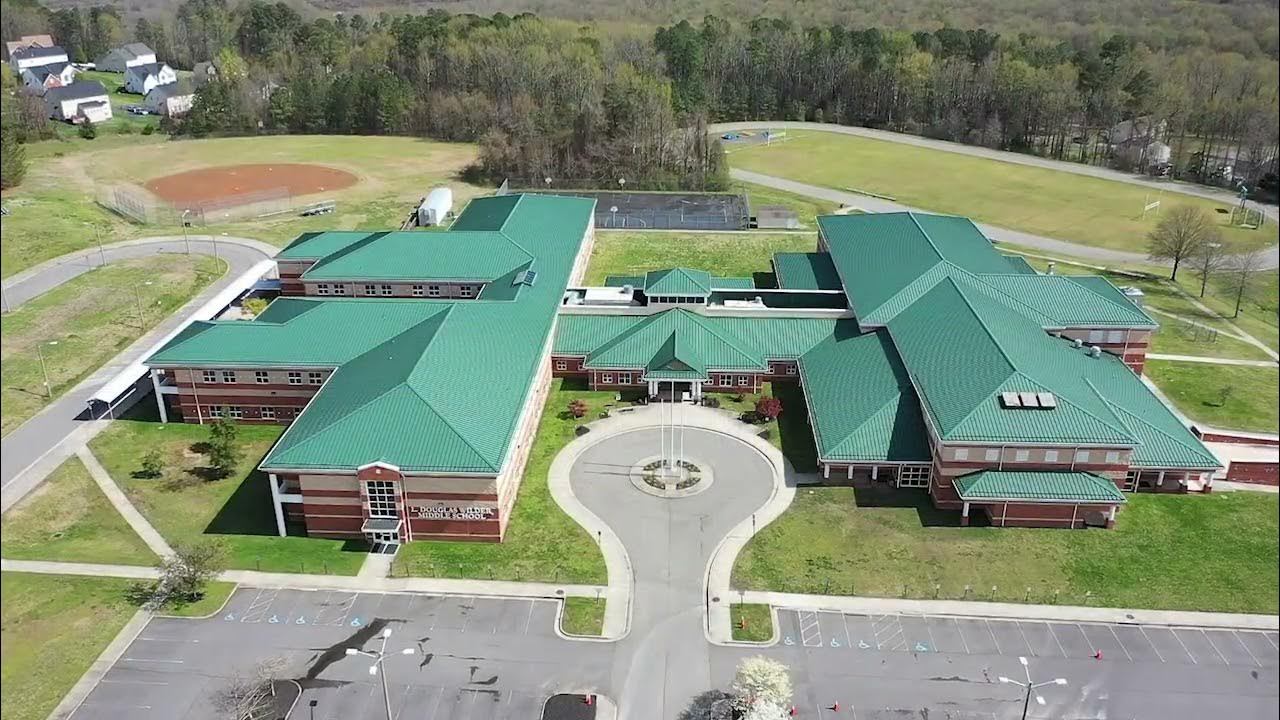

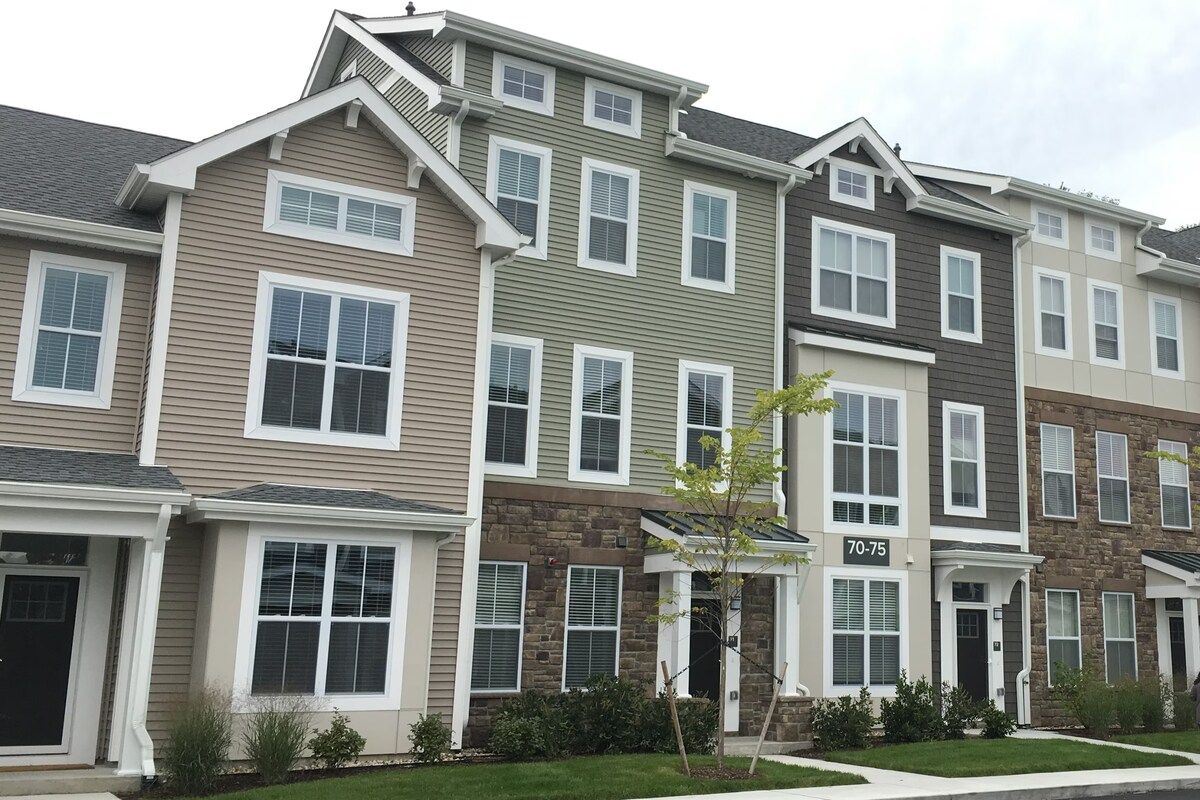
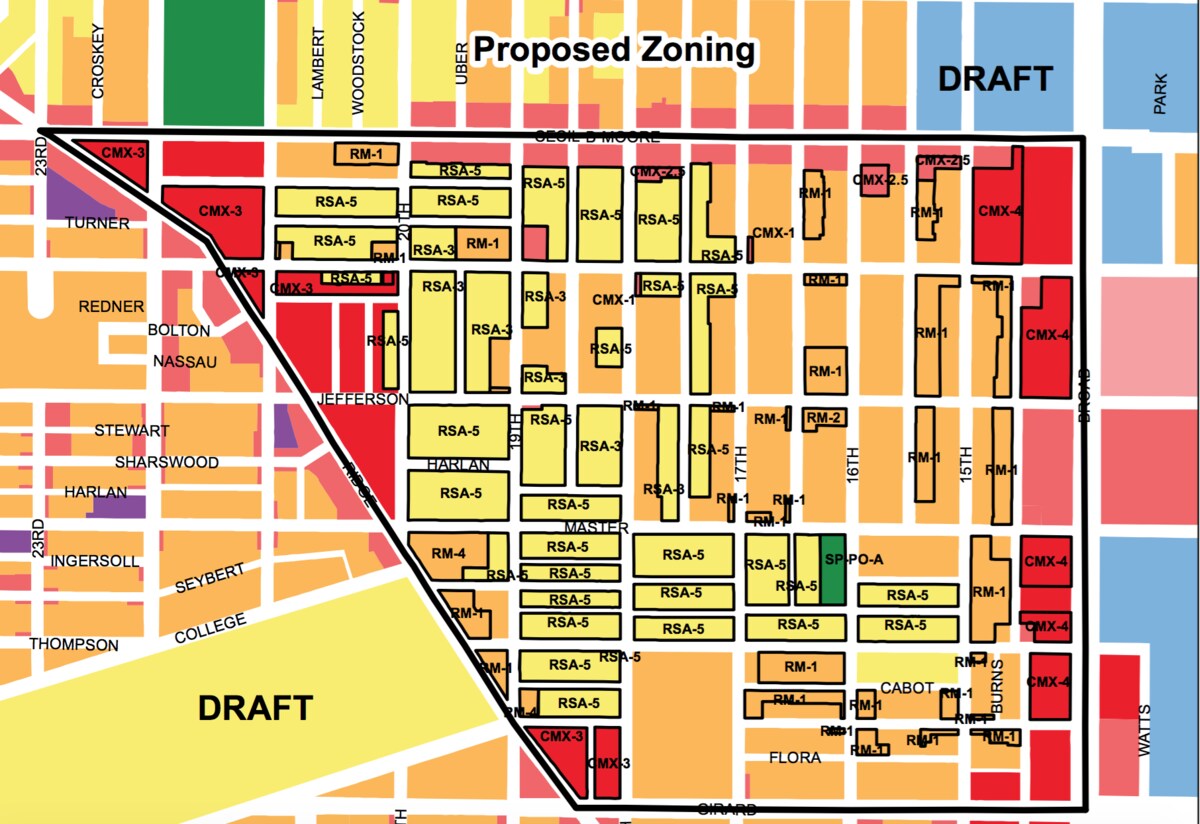
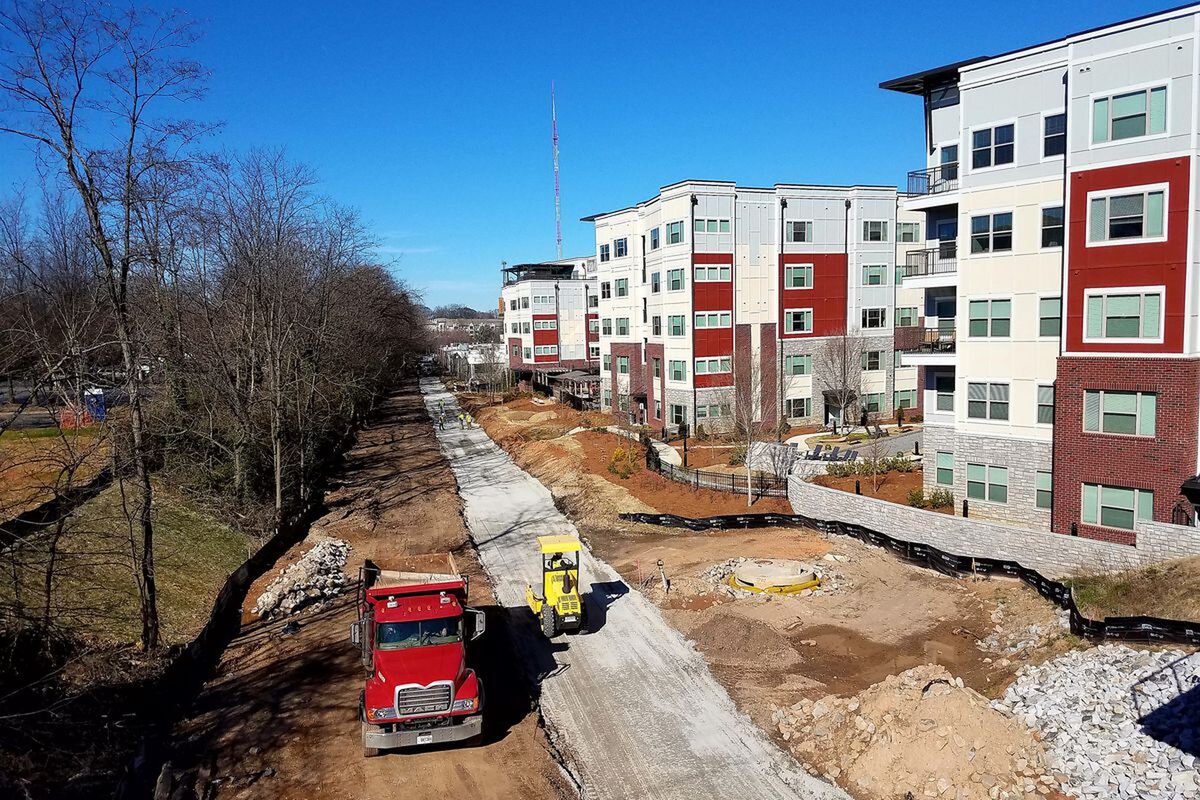
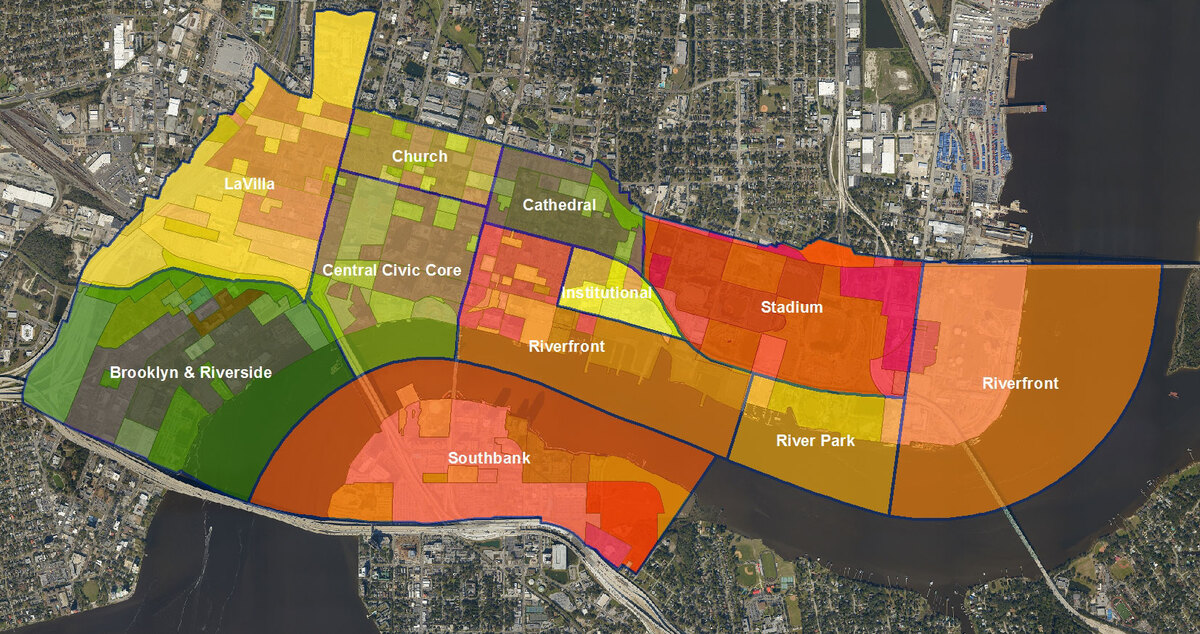




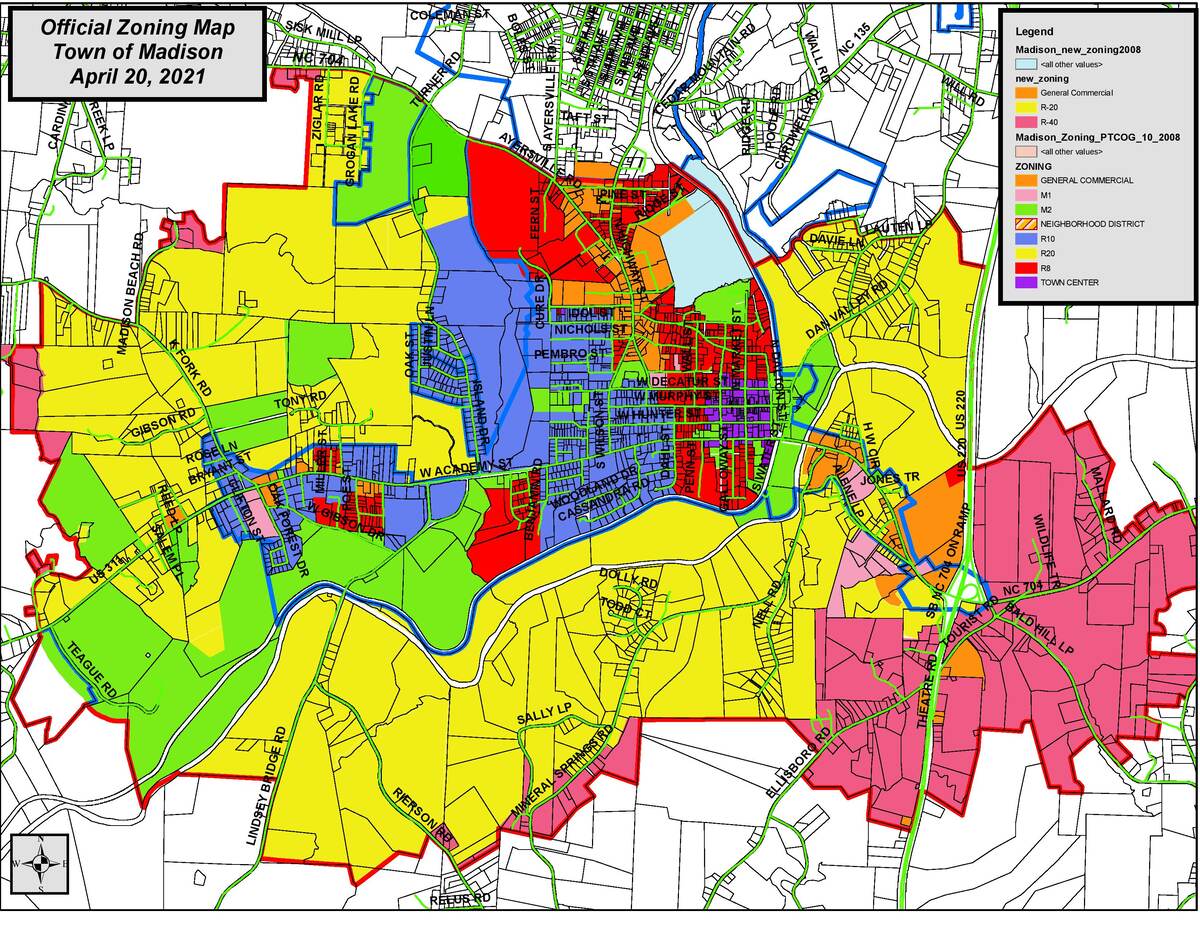
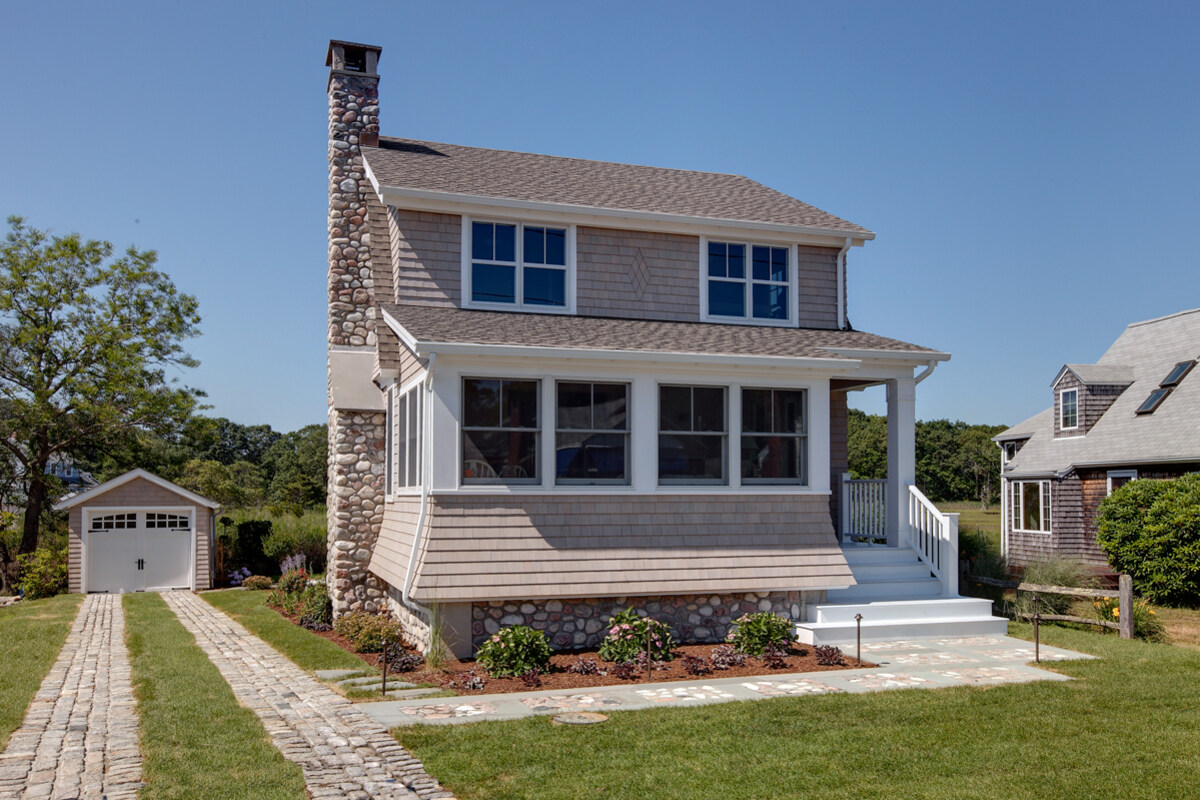


0 thoughts on “What Is Zoning District”